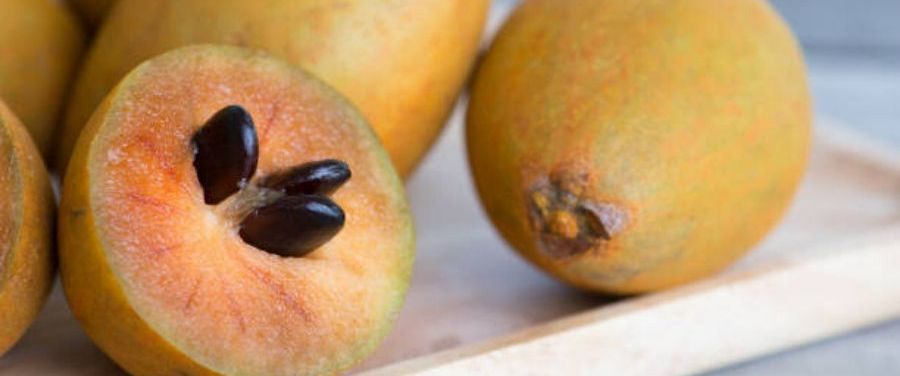

Sale! Lychee, Litchi Plant (Air Layered) ₹600.00 ₹550.00 Add to cart Add to Compare Add to Wishlist.Mulberry, Shahtoot, Tuti – Plant ₹499.00 Add to cart Add to Compare Add to Wishlist.Iron, calcium, and phosphorus are bone-strengthening minerals. The main minerals found in chiku are copper, niacin, iron, calcium, and phosphorus.Fiber also helps to maintain HEALTHY WEIGHT and lowering the risk of diabetes and heart disease. Fiber helps prevent and also relieve constipation. And everyone knows the benefits of vitamin C, chief of which is the strengthening of the immune system. Vitamin B helps to overcome fatigue and stress. Vitamin A is good for the eyes, strengthening eye vision. It has large amounts of vitamin A, vitamin B, and vitamin C.Chiku has a special compound called tannin which has anti-bacterial, anti-parasitic, and anti-viral properties.As with most fruits, Chiku has lots of beneficial nutrients and minerals.

Get in touch with us for small quantities for your rear garden, kitchen garden, home garden or large quantities for farmland development, fruit orchards, fruit farms, real estate layouts or commercial cultivation.
#NUTRIENTS IN CHIKOO SKIN#
The skin is thin, rusty brown somewhat scurfy looking like Irish potato, and the pulp soft, melting, crumbling with a sandy or granular texture with 1-5 hard, black seeds. The fruit is a fleshy berry, variable in shape, size, and weight (75-150g). In India, it is cultivated for fruits that are liked all over the country. Sapota, popularly known in India as Chiku. It is grown in large quantities in India, Thailand, Malaysia, Cambodia, Indonesia, Bangladesh and Mexico.

It was introduced to the Philippines during Spanish colonization. An example of natural occurrence is in coastal Yucatán in the Petenes mangroves ecoregion, where it is a subdominant plant species. Manilkara zapota, commonly known as the sapodilla is a long-lived, evergreen tree native to southern Mexico, Central America, and the Caribbean. The flowers are minute and white in color, not attractive at all. I am completely satisfied with this chiku tree as it fruits easily throughout the year, although the fruits take a long time to ripen. I planted this chiku tree as a replacement for the rambutan tree which did not survive. I have one grafted chiku tree which is less than 10 feet high with controlled pruning. However, a grafted plant can be controlled to a low height. The tree can grow to a height of 30 meters (100 feet) high. Now the chiku is a common fruit in South East Asia, India and Pakistan. It was first introduced to the Philippines by the Spaniards. The chiku is native to Mexico, Central America and the Caribbean. Other names for chiku are sawo (Indonesia), sapota (part of India), lamoot (Thailand, Laos and Cambodia), sapote, sapodilla, zapote, sapoti, nispero, dilly, naseberry, chico sapote, and many other names. Chiku is spelt differently in different countries, but retaining the same pronunciation. The rounder variety which I planted does not look like kiwifruit except for the color. It has an uncanny resemblance to kiwifruit in color and skin texture, except the chiku is slightly larger and without the hairy feel, but rough. Description Botinical Name: Chikoo – Manilkara zapota PlantĬhiku is a tropical fruit.


 0 kommentar(er)
0 kommentar(er)
